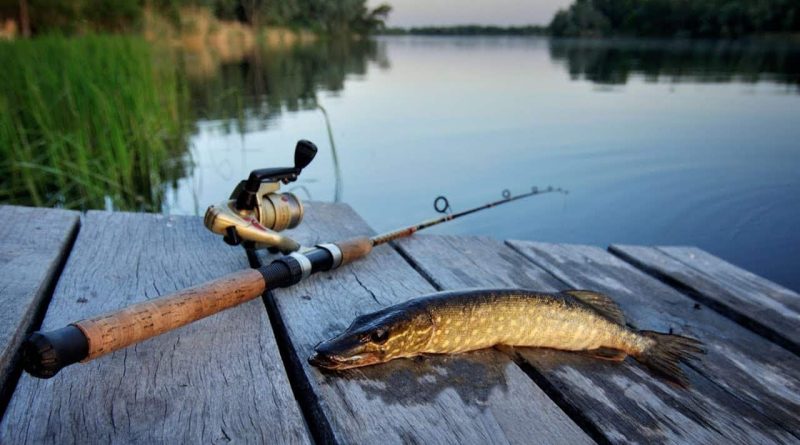best Climate change and fishing in 2024
source: freepik.com
Climate change threatens fish stocks and creates new opportunities for fishing. Tropics face a potential 40% decline in seafood catch by 2050, while higher latitudes see increases in some species. Sustainable fishing requires new methods, and the industry and governments need help managing changing fish stocks.
Aquatic or ‘blue foods’ may improve nutrition and support Sustainable Development Goals. Innovative tools such as 6th Sense Fish Baits can play a role in accepting these challenges. These baits, designed with advanced features, contribute to effective and sustainable fishing practices.
How is climate change impacting fisheries?
Ocean temperatures are increasing.
Over the past century, the average ocean surface temperature has increased by 0.07oC every decade. Since 1985, it has grown twice as quickly.
Why, then, is this relevant?
Over thousands of years, fish have evolved to tolerate particular water temperatures. Oceans are warming, yet many species struggle because they are not suited to the warm water. For instance, Atlantic cod in the Gulf of Maine and Pacific salmon on the West Coast are both in trouble. They cannot survive in the warm water of their habitats.
Oceans are acidifying.
The oceans get acidic due to increased atmospheric carbon dioxide concentrations. The pH of the sea has risen by 25% in the last 200 years.
Why, then, is this relevant?
Increased seawater acidity can inhibit shell growth in oysters, clams, and snails. Oysters in the Pacific Northwest once experienced a mass extinction. It was found that this was caused by the excessively acidic water in which they lived.
Fish environments are being destroyed.
Ocean ecosystems suffer from extreme weather events like heat waves. Coral reefs, for example, are suffering damage due to these occurrences.
According to the Intergovernmental Panel on Climate Change (IPCC), a 1.5°C increase in ocean temperature could destroy 90% of coral reefs. Coral reefs could virtually vanish with a two °C warming. Fish need their environments to survive.
How will these changes affect fisheries?
Scientists forecast the future by using computer models. Fishing To assist them in deciding how much fish to harvest sustainably in a changing ocean, fisheries scientists employ computer models. Information regarding ocean ecosystems and climate change forms the basis of these models. The models indicate that the number of fish humans can capture will decline as atmospheric carbon dioxide levels rise.
Conversely, animals that prefer warmer waters will see an increase in population.
Scientists, for instance, created a model of what would occur if everyone on the planet spent a year living like an ordinary American. They discovered that adopting this lifestyle would cut the weight that American cod fisheries could harvest by eight times.
How do sustainable fisheries cope with climate change?
Well-managed and better equipped to withstand climate change are sustainable fisheries that satisfy the MSC’s sustainable fishing standards.
These fisheries only capture sustainable species and have efficient monitoring and management systems to lessen their adverse environmental effects. These fisheries have pre-arranged plans for adapting to anticipated ecological changes by scientific advice.
These fisheries demonstrate that protecting our seas and seafood supply is feasible while balancing economic and environmental concerns.
Read more: https://rzblogs.com/

